MATHINFINITY
- Special Activities
- MATHINFINITY

MATHEMATICS AND ARCHITECTURE
Architecture is the study of buildings and their environment. It is also a subject across engineering technology and arts and humanities. No matter whether it is in big cities or small towns, buildings that are built to fit their geographic environment, serve specific purposes or using special materials all have their distinguishing features. They satisfy people's practical and spiritual needs with their intelligent use of available space and attractive exterior.
Mathematical beauty may sound a bit abstract. It means aesthetics in mathematics, and it can also be a form of art. From the past to the present, plenty of famous buildings serve as a stage for applying mathematics. The combination of mathematics and architecture endows buildings with everlasting charm, revealing the beauty of architecture.


Golden Ratio and Architecture
In architecture, the height and width ratio of Notre-Dame de Paris is 8:5, and it is the same for its windows. The proportion of the parts above and below the second level of the Eiffel Tower of Paris is in the golden ratio, making the entire structure look perfect and magnificent. The height and sides of the pyramids of Egypt are also in the golden ratio.
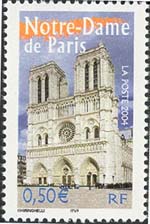


Conic Section and Architecture
The famous Whispering Gallery in the St. Paul's Cathedral in London gets its acoustic properties from its dome structure. The Yeongjong Bridge and Namhae Bridge in Korea, as well as the Golden Gate Bridge in the United States are suspension bridges connected by suspension cables. The suspension cables between towers are in the form of parabolas. On the other hand, the special features of the Shell Structure, like egg shell, sea shell, turtle shell and even human skull are used by architects to build many splendid concrete buildings while saving on construction materials. Typical examples are the Great Hall of the People, National Museum of China, National Stadium (Bird's Nest), National Aquatics Center (Water Cube), Sydney Opera House, etc.
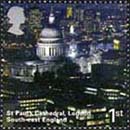
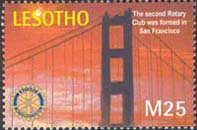
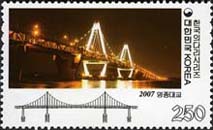

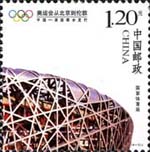
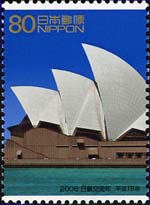
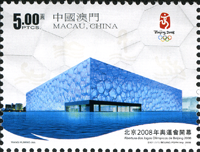
Did you know?
- Do you think that the Communications Museum look like a rectangular fortress? The museum is now located below the Fortress D. Maria II. However, in the 1950s, located on this small hill overlooking the reservoir was only the old and broken fortress. Below it were eight houses for staff residences. In the late 1990s, the architect of the D. Maria II complex, Lima Soares, said, "The museum's exterior design references the fortress so that the entire building can integrate with the renovated fortress."
- Closely observe your school and try to describe the building's exterior, doors and windows from the geometric point of view.
